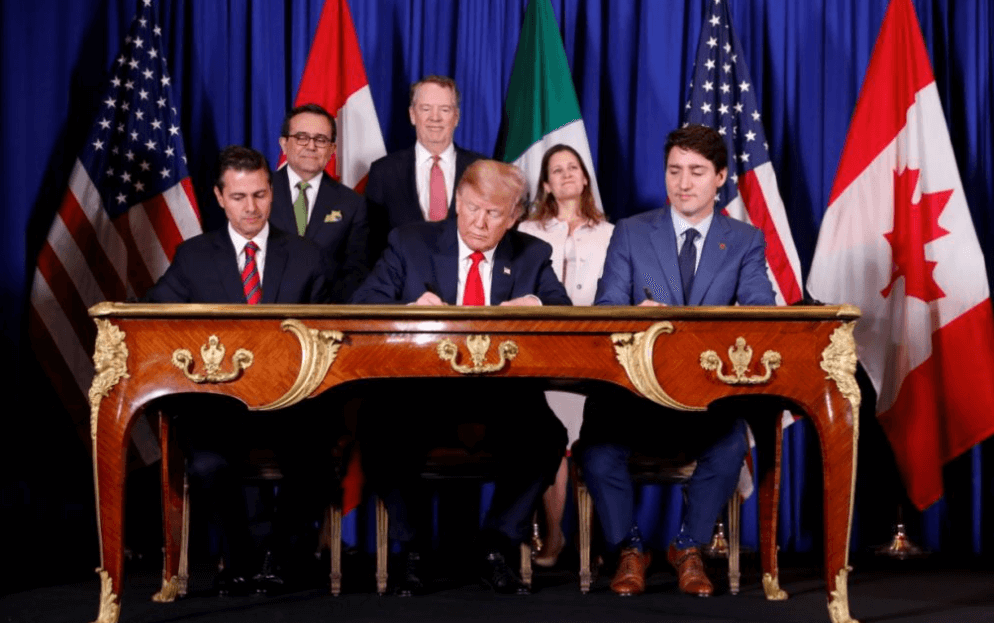The landscape of international relations is increasingly fraught with complexity. Current global conflicts and civil unrest have prompted nations to reassess their alliances. Economic factors, including trade agreements and sanctions, are shaping interactions on the world stage. As new partnerships emerge, the implications for regional security become more pronounced. Understanding these dynamics is crucial, particularly as emerging trends hint at a transformative future in diplomacy and collaboration. What strategies might countries adopt to navigate these challenges?
Current Global Conflicts and Tensions
As global dynamics shift, the landscape of international relations is increasingly marked by a series of conflicts and tensions that reflect deeper geopolitical rivalries and historical grievances.
Civil unrest has surged in various regions, exacerbated by unresolved territorial disputes.
These conflicts not only challenge national stability but also threaten regional security, highlighting the urgent need for diplomatic engagement and resolution to avoid further escalation.
See also: newsreverse
Shifts in Alliances and Partnerships
The ongoing global conflicts and tensions have prompted a reevaluation of alliances and partnerships among nations, reshaping the geopolitical landscape.
Strategic partnerships are being forged and redefined as countries adapt to shifting alliances. This dynamic environment reflects a growing emphasis on collaboration to address mutual security concerns, highlighting the importance of flexibility in international relations to safeguard national interests and promote stability.
Economic Impacts of International Relations
While countries navigate the complexities of international relations, the economic impacts of these interactions become increasingly significant.
Trade agreements can facilitate market access and economic growth, while economic sanctions often hinder development and strain diplomatic ties.
These contrasting outcomes underscore the importance of strategic economic policies, as nations seek to bolster their economies while managing the intricate web of international partnerships and rivalries.
Future Trends and Predictions in Global Affairs
Recognizing the dynamic nature of global affairs, analysts predict several emerging trends that will shape the international landscape in the coming years.
Sustainable diplomacy will gain traction as nations prioritize environmental concerns, while technology diplomacy will emerge as countries navigate the complexities of cyber threats and digital governance.
These trends signify a shift towards collaborative approaches that embrace innovation and address pressing global challenges.
Conclusion
In conclusion, the evolving landscape of international relations underscores the intricate interplay between conflict, economic interests, and diplomatic efforts. As nations navigate these complexities, one must consider: how can countries balance their security needs with the imperative for sustainable development? The future of global affairs will hinge on the ability to foster innovative collaborations while addressing underlying tensions, ultimately shaping a more stable and cooperative international community.



